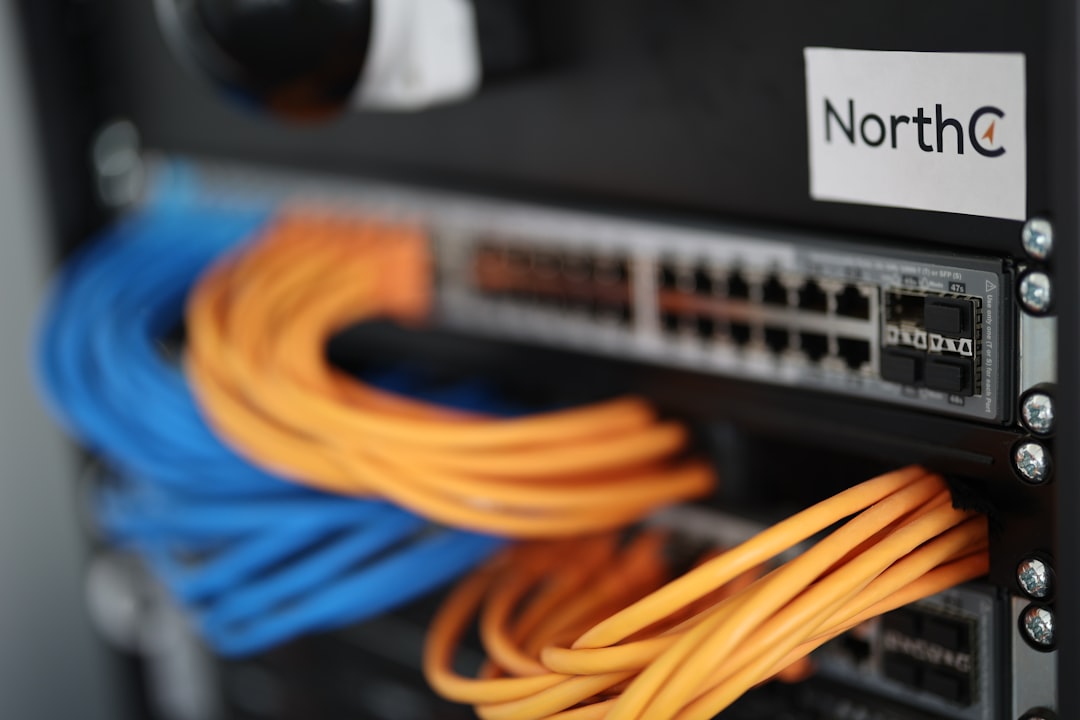
Secure MultiTenant Hypervisor Architecture for Node to Node Communication
In the current landscape of cloud computing and virtualization, the demand for robust security measures in multi-tenant environments has never been higher. As organizations increasingly rely on cloud services, the need for a Secure MultiTenant Hypervisor Architecture for Node to Node Communication becomes critical. This architecture not only enhances security but also ensures seamless communication between nodes while maintaining tenant isolation.
Understanding Secure MultiTenant Hypervisor Architecture
A MultiTenant Hypervisor allows multiple tenants (or clients) to share the same physical resources while maintaining isolation between them. This is particularly beneficial in cloud environments where resources can be dynamically allocated based on demand. However, the challenge arises in ensuring that communication between nodes remains secure, preventing any unauthorized access or data leakage.
Key Features of Secure MultiTenant Hypervisor Architecture
-
Isolation: Each tenant operates in a separate virtual environment, ensuring that their workloads do not interfere with one another. This is achieved through strong hypervisor-level isolation mechanisms.
-
Encryption: Data in transit between nodes should be encrypted to protect against eavesdropping or interception. Using protocols like TLS (Transport Layer Security) ensures that sensitive information remains confidential.
-
Access Control: Implementing stringent access control policies is crucial. Role-Based Access Control (RBAC) can help define what resources each tenant can access, thereby minimizing the risk of unauthorized communication.
-
Monitoring and Auditing: Continuous monitoring of node communication is essential for identifying and mitigating suspicious activities. Logging and auditing can provide insights into communication patterns, helping to detect anomalies.
Node to Node Communication in MultiTenant Environments
Node to Node Communication refers to the exchange of data between different virtual machines (VMs) or containers within a multi-tenant architecture. In a secure hypervisor environment, this communication must be handled carefully to ensure that one tenant cannot access another’s data.
Best Practices for Secure Node to Node Communication
-
Use Virtual Private Networks (VPNs): VPNs can create secure tunnels for communication between nodes, ensuring that data remains protected from external threats.
-
Implement Micro-segmentation: By segmenting the network at the workload level, organizations can significantly reduce the attack surface and control communication paths.
-
Utilize Service Mesh: Service mesh technologies, such as Istio or Linkerd, provide a dedicated infrastructure layer to manage service-to-service communication. They offer features like traffic management, security, and observability.
Emerging Trends in Secure MultiTenant Hypervisor Architecture
As organizations continue to adopt cloud-native architectures, several trends are shaping the future of Secure MultiTenant Hypervisor Architecture:
-
Zero Trust Security Models: The zero trust model assumes that threats could be both external and internal. It emphasizes strict identity verification for every user and device trying to access resources.
-
Serverless Architectures: With the rise of serverless computing, the way we think about hypervisors is evolving. Serverless functions can communicate securely without the overhead of traditional VM management.
-
Kubernetes and Container Security: The use of Kubernetes in multi-tenant environments is increasing. Ensuring secure communication between pods is paramount, and tools like Calico or Cilium can help enforce network policies.
Case Study: Securing Node Communication in a MultiTenant Environment
A prominent cloud service provider implemented a Secure MultiTenant Hypervisor Architecture to enhance their security posture. By integrating a service mesh, they managed to encrypt all node-to-node communications seamlessly. This not only improved security but also provided observability, allowing them to monitor traffic for potential threats effectively.
Further Reading and Resources
To deepen your understanding of Secure MultiTenant Hypervisor Architecture, consider exploring the following resources:
Conclusion
In conclusion, adopting a Secure MultiTenant Hypervisor Architecture for Node to Node Communication is essential for any organization looking to protect sensitive data while leveraging the benefits of cloud computing. By implementing strong security measures, organizations can ensure that their multi-tenant environments are not only efficient but also secure.
For those interested in enhancing their cloud security practices, consider subscribing to industry newsletters, participating in DevOps communities, or experimenting with the tools mentioned above. Your proactive approach could make a significant difference in your organization’s security posture.
Glossary of Terms
- Hypervisor: A software layer that allows multiple operating systems to run on the same physical hardware.
- Multi-Tenancy: A software architecture where a single instance of software serves multiple tenants.
- Encryption: The process of converting information into a code to prevent unauthorized access.
- Micro-segmentation: A security technique that involves dividing a network into smaller segments to control traffic more effectively.
Tags
#DevOpsAutomation #UbuntuAdmin #ContinuousDeployment #Github #SecureMultiTenantArchitecture #CloudSecurity #NodeCommunication


